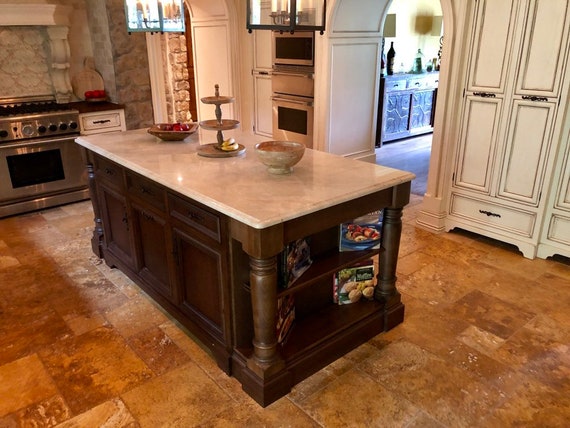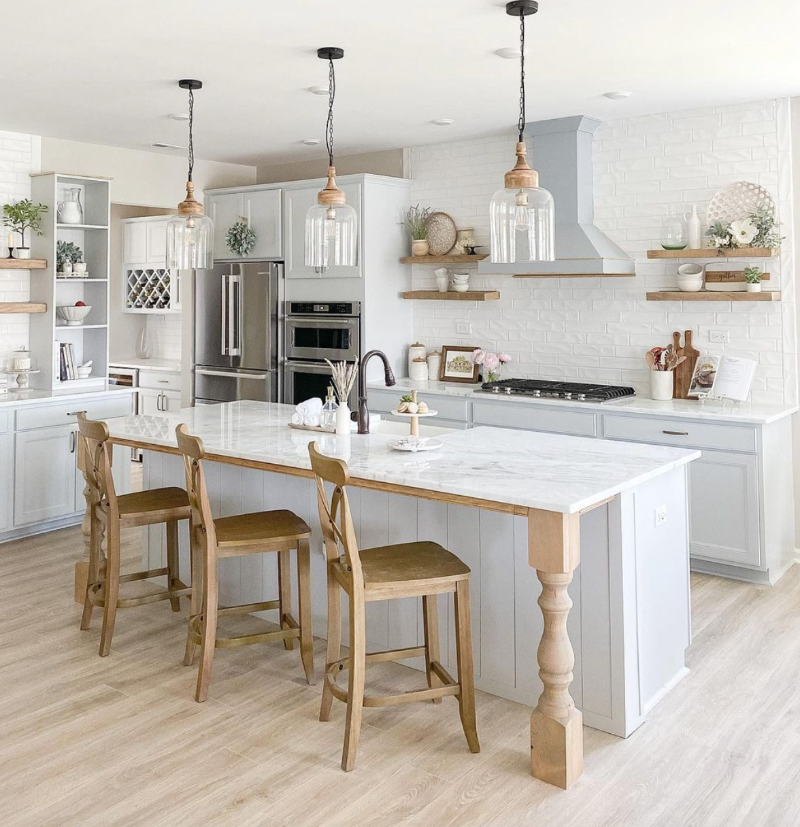The Very Best Kitchen Island Leg Options for Modern and Conventional Kitchens
The Very Best Kitchen Island Leg Options for Modern and Conventional Kitchens
Blog Article
The Value of a Sturdy Kitchen Island Leg in Developing a Practical Cooking Area
A strong kitchen area island leg works as an essential element in developing a functional cooking environment, supplying needed assistance for both the kitchen counter and various cooking area tasks. The security it supplies can substantially decrease the risk of mishaps in high-traffic areas, while additionally adding to the general visual comprehensibility of the area. As kitchens progress right into multifunctional areas for cooking, eating, and socializing, the selection of materials and layout considerations for island legs comes to be increasingly crucial. Comprehending these aspects can change your kitchen area into a much safer and extra effective location, prompting additional expedition into the very best choices available.
Benefits of Sturdy Island Legs
Giving important assistance, sturdy cooking area island legs play a crucial role in enhancing the functionality and sturdiness of cooking area islands - kitchen island leg. These legs not just birth the weight of the countertop and any additional products put on the island, however likewise add to the total security of the structure. A well-supported kitchen island guarantees that it remains useful and upright, also under heavy use, which is particularly important in active cooking area settings
In addition, tough island legs can improve the visual appeal of the kitchen area. They give a solid framework that can enhance different design styles, from modern-day to traditional. This adaptability permits house owners to tailor their cooking area islands according to individual taste while ensuring that the structural integrity remains uncompromised.
In addition to their supportive duty, durable kitchen area island legs can also improve safety and security. Ultimately, investing in durable kitchen island legs is vital for a functional and aesthetically pleasing cooking location.
Products for Kitchen Island Legs
When picking products for cooking area island legs, resilience and aesthetic allure are critical elements to take into consideration. The most usual products include hardwood, steel, and engineered timber, each offering unique advantages.
Wood, such as oak, cherry, or maple, is a classic selection due to its strength and timeless appeal (kitchen island leg). It can withstand significant weight and is resistant to put on, making it suitable for high-use cooking area atmospheres. Furthermore, hardwood can be stained or repainted to complement numerous kitchen styles
Steel legs, typically crafted from stainless steel or wrought iron, give a contemporary and commercial appearance. They are unbelievably solid and can sustain substantial lots while being immune to dampness and warm, which is beneficial in a cooking area. Metal legs can likewise be quickly cleaned, enhancing their practicality.

Design Considerations for Security
The choice of materials for kitchen area island legs directly affects the layout factors to consider for stability. When developing a kitchen island, it is extremely important to evaluate the weight-bearing capacity of the chosen products. Larger materials, such as strong wood or steel, normally supply better stability, specifically under the anxiety of daily use.
Additionally, the leg layout should include correct geometry index to boost stability. A broader base raises the support area, decreasing the danger of wobbling or tipping. Factor to consider should likewise be offered to the elevation of the legs; disproportionate leg sizes can cause imbalance, jeopardizing the general stability of the island.
Furthermore, the circulation of weight throughout the island is essential. Making certain that the leg positioning aligns with the heaviest elements, such as home appliances and kitchen counters, will certainly even more boost security.
Maintenance Tips for Longevity

Depending on the material of the legs-- whether timber, metal, or composite-- appropriate cleansing methods need to be employed. Steel legs may require a light polish to avoid rust and keep their gloss.
Furthermore, tightening screws and screws regularly can make certain security and prevent wobbling. Take into consideration strengthening the legs with extra brackets or supports to boost sturdiness if the cooking area island experiences heavy usage. Last but not least, using a safety coating or sealer can protect versus wetness and stains, extending the life expectancy of the legs. By following these maintenance suggestions, home owners can ensure their kitchen island legs stay robust and practical for years ahead.
Choosing the Right Leg Style
Normal upkeep guarantees that kitchen island legs continue to be sturdy and useful, but picking the best leg design is equally crucial for both appearances and support. The option of leg design can considerably influence the total layout and consistency of your cooking area.

Performance is one more critical element. Thicker legs or those with a tough base can support larger kitchen counters and tools, boosting the island's utility. Alternatively, slim legs may produce a ventilated look, suitable for lighter layouts but potentially much less helpful.
Final Thought
In recap, the value of tough cooking area island legs can not be overemphasized in the development Find Out More of a functional cooking location. These legs offer necessary assistance, improve security, and add to the overall aesthetic of the kitchen area. By meticulously picking appropriate materials and styles, as well as executing correct upkeep methods, the longevity and effectiveness of kitchen islands can be made sure. Eventually, investing in robust island legs is basic to attaining a efficient and safe cooking setting.
A sturdy kitchen island leg serves as a basic part in establishing a useful food preparation setting, supplying required assistance for both the counter top and different kitchen tasks.Offering vital support, tough cooking area island legs play a pivotal duty in boosting the functionality and resilience of kitchen islands. Eventually, investing in sturdy kitchen area island legs is necessary for a practical and aesthetically pleasing cooking area.
Factor to consider ought to likewise be provided to the height of the legs; disproportionate leg sizes can lead to imbalance, jeopardizing the overall security of the island.
Wooden legs give heat and a classic appearance, while steel legs use a commercial and modern-day feeling.
Report this page